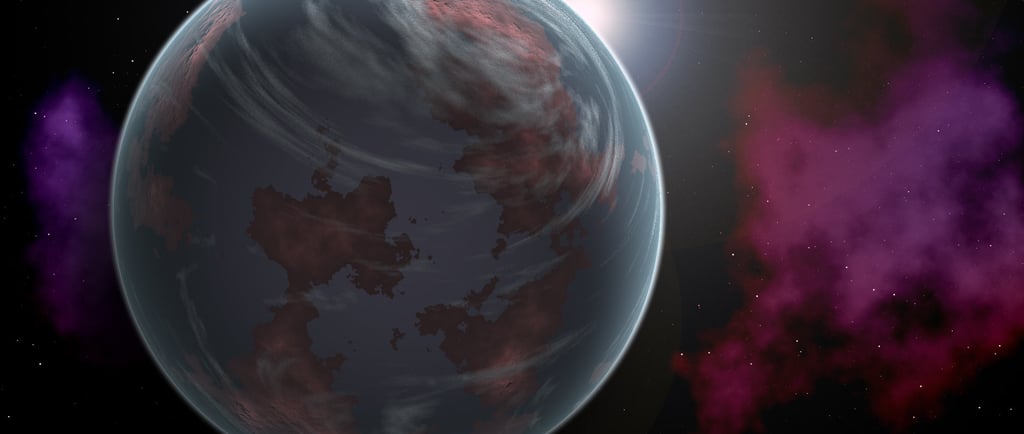Ross 128B: The Second Closest Earth Size Planet


Introduction to Ross 128b
Ross 128b has recently garnered attention as the second nearest known terrestrial planet to Earth, following Proxima Centauri b. This intriguing world is located approximately 11 light years away in the constellation of Virgo. With an Earth mass of 1.4, it possesses some fascinating characteristics that make it an object of interest for astronomers and astrobiologists alike.
Key Characteristics of Ross 128b
This terrestrial planet has a mass 1.4 times that of Earth, suggesting a similar composition that might support geological activity and possibly even life. One of the most notable aspects of Ross 128b is its orbital period. It takes approximately 9.9 days to complete one orbit around its host star, which emphasizes its proximity to it.
Furthermore, the planet orbits at a distance of roughly 0.0496 Astronomical Units (AU) from its parent dwarf star. This unique positioning within the habitable zone is critical, as it allows for the possibility of liquid water, a fundamental requirement for life as we know it.
Significance in the Search for Extraterrestrial Life
The discovery of Ross 128b is significant in the ongoing search for extraterrestrial life. Its placement within the habitable zone indicates that it has the potential to support conditions suitable for life. Although much remains to be understood about its atmosphere and surface conditions, scientists view it as an excellent candidate for future studies and observations.
Moreover, Ross 128b's relatively close distance in cosmic terms makes it a prime target for exoplanet research. As technology advances, we will be able to gather more data regarding this fascinating planet. Understanding its climate and potential for habitability could yield groundbreaking insights into the nature of life elsewhere in the universe.
In conclusion, Ross 128b represents an exciting opportunity for scientific discovery. With its Earth-like mass and position within the habitable zone, researchers are eager to continue investigations that may one day reveal whether life exists beyond our own planet. The ongoing exploration of this terrestrial entity could lead to answers that change our perception of the universe and our place within it.
